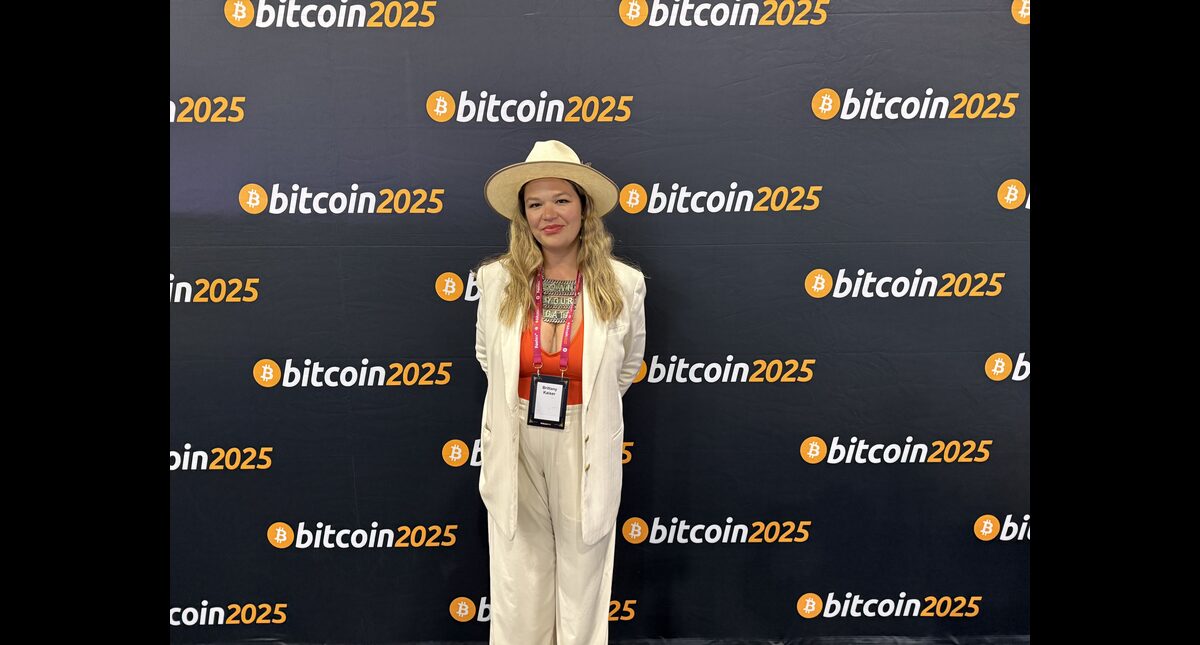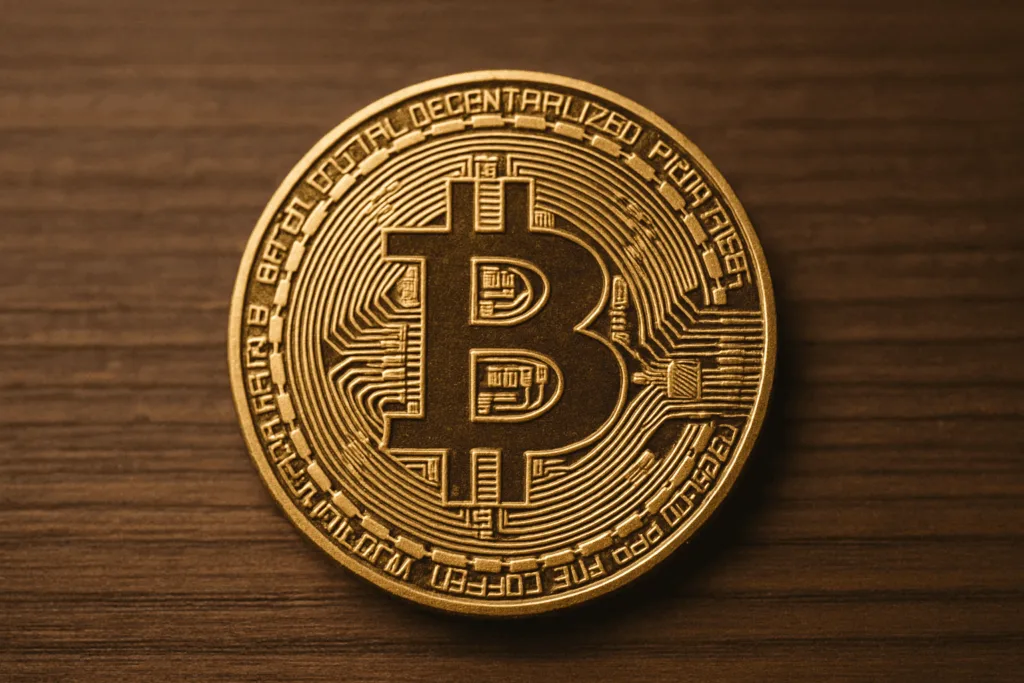Within an age where technology is reshaping industries, Fractional ownership of heritage sites. By ensuring openness, authenticity, and permanence, blockchain presents innovative answers for safeguarding cultural items, traditional records, and indigenous understanding in a protected electronic format.

Ensuring Reliability and Provenance
One of the most critical problems in social heritage is ensuring the credibility and provenance of artifacts. Forgery, illegal trade, and lost paperwork have extended plagued museums, collectors, and historians. Blockchain's decentralized and tamper-proof ledger system permits institutions to history each artifact's history—control, moves, repair actions, and display records—with complete traceability.
Each report becomes an immutable electronic document, giving undeniable evidence of an object's journey through time. This not just helps prevent theft and scam but additionally develops trust among global institutions associated with heritage preservation.
Guarding Electronic Archives from Reduction and Tampering
Historic records, manuscripts, and indigenous knowledge are significantly being digitized to safeguard them from physical deterioration. However, centralized sources are susceptible to coughing, knowledge reduction, and manipulation.
Blockchain provides a strong answer by saving electronic archives across decentralized nodes, reducing a single position of failure. Once stored on a blockchain, these files cannot be improved with no distinct track of the changes—ensuring that electronic heritage stays reliable, permanent, and secured for future generations.
Empowering Indigenous Towns
Several indigenous communities possess special languages, rituals, and information programs which can be vulnerable to being forgotten. Blockchain permits these communities to file, defend, and manage accessibility to their ethnic knowledge securely.
Through smart agreements, neighborhoods can get a grip on who accesses their content, below what phrases, and even receive acceptance or royalties when their national expressions are employed commercially or academically. This self-sovereign design assists defend cultural rights and helps moral collaboration between experts and indigenous groups.
Increasing World wide Cooperation and Supply
National heritage must be accessible to all—however geopolitical limits, economic limitations, and conflict often hinder global collaboration. With blockchain, institutions can make distributed, decentralized repositories of heritage information which can be available across borders.
Electronic museums, blockchain-powered exhibitions, and NFT-based art registries allow global audiences to explore and appreciate heritage in electronic formats—while however defending the origin and possession of the works.

Building Trust in Social Storage
As nations and institutions check out future-proof their legacies, blockchain offers an unmatched amount of openness and trust. Whether preserving an old manuscript or guarding the verbal traditions of a residential area, blockchain generates an electronic cycle of custody that is reliable, protected, and lasting.
Realization
Blockchain is redefining how we keep and protect national heritage, linking the distance between custom and technology. By obtaining credibility, allowing global entry, and empowering indigenous voices, blockchain ensures that the world's most valuable social assets are not only remembered—but reliably maintained for generations to come.
